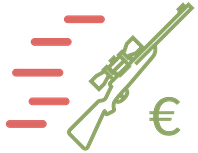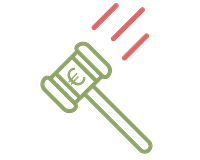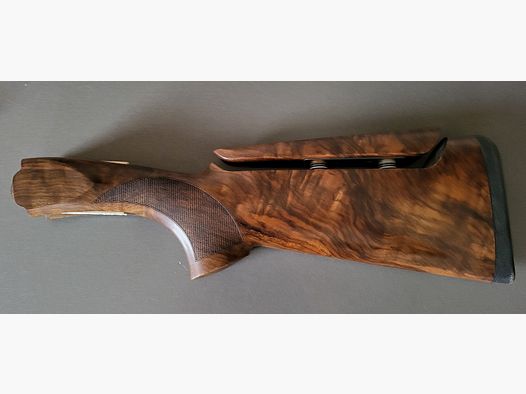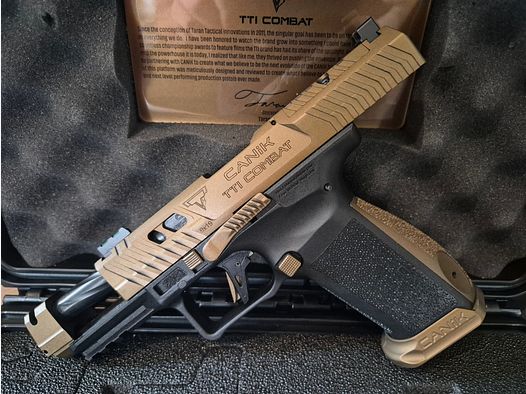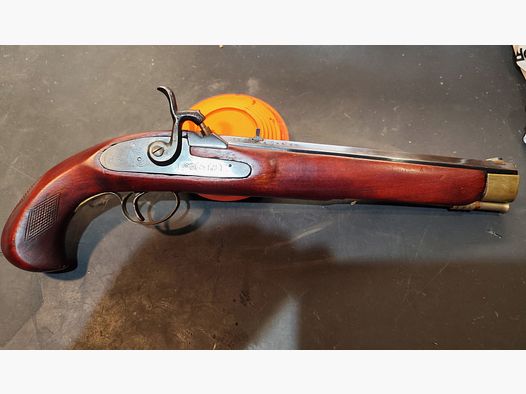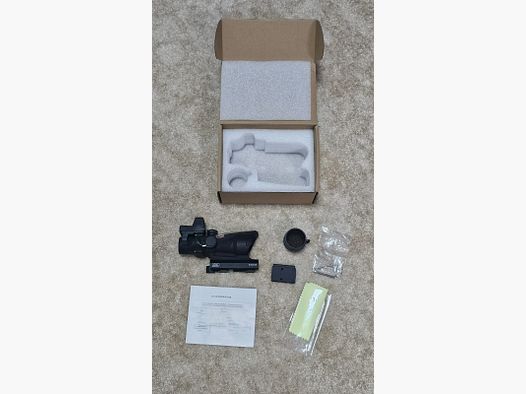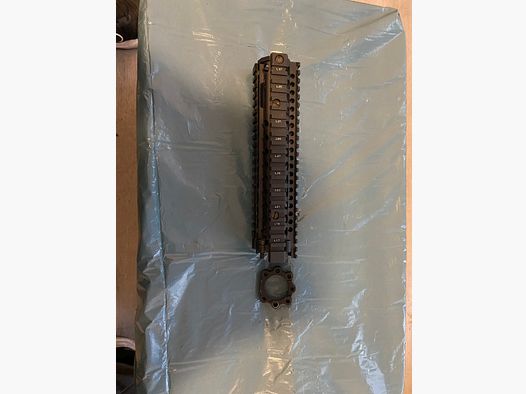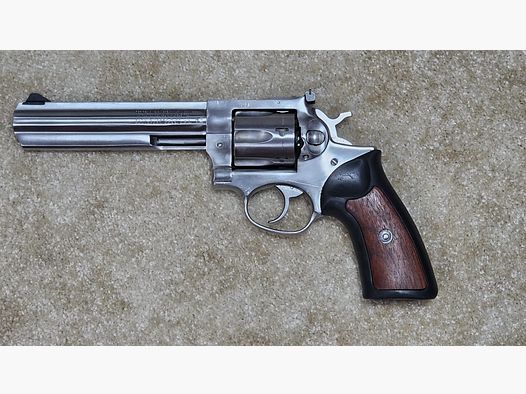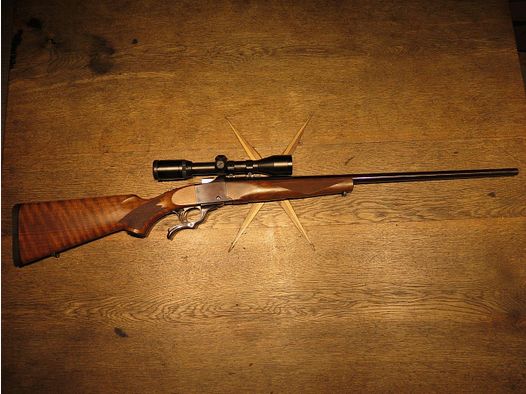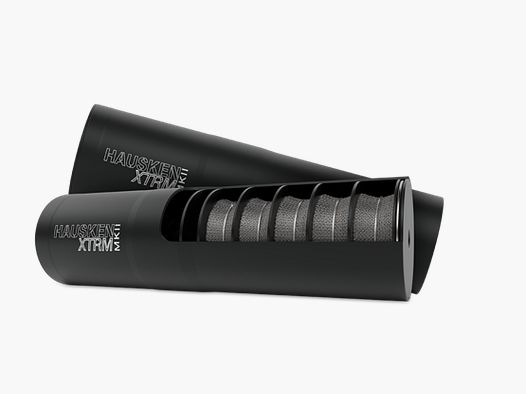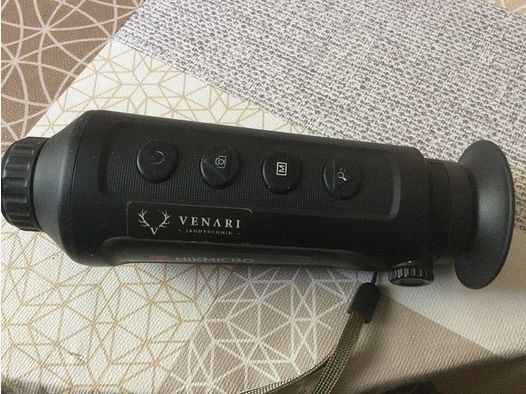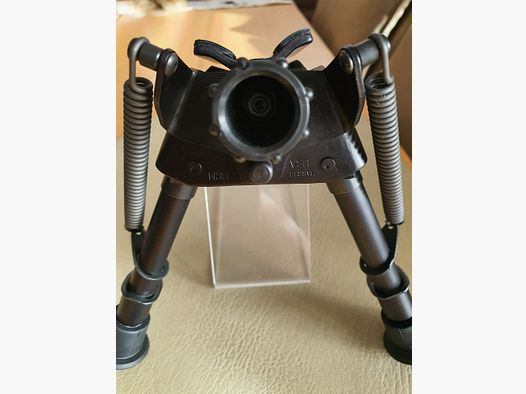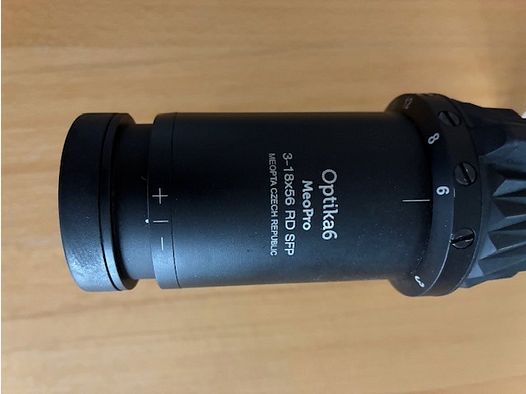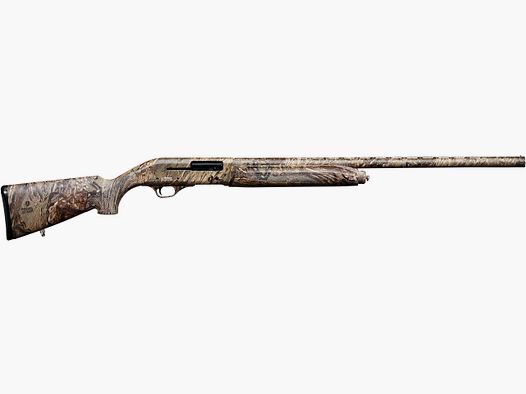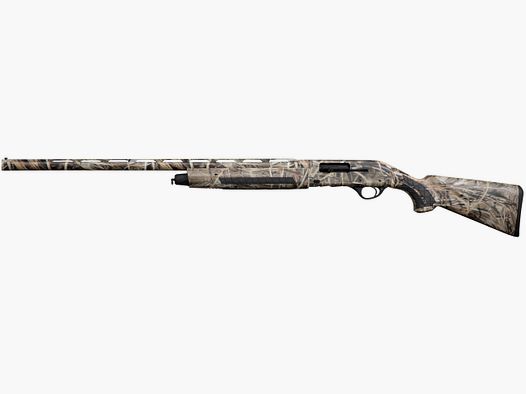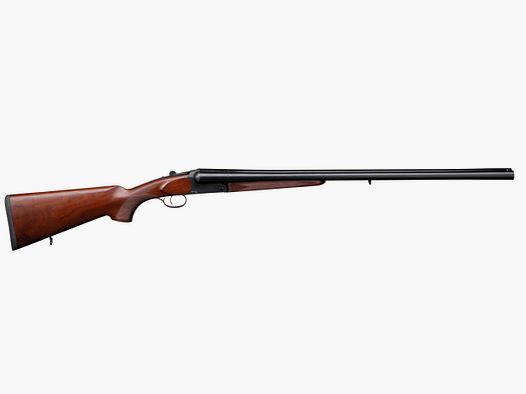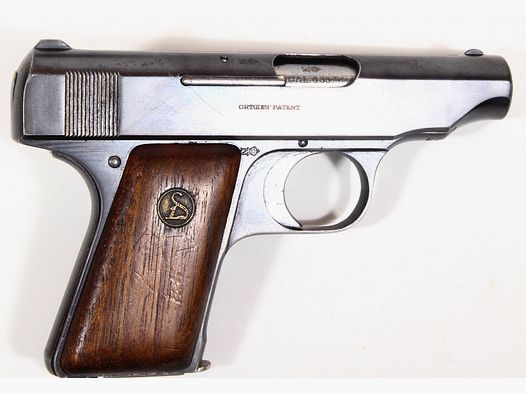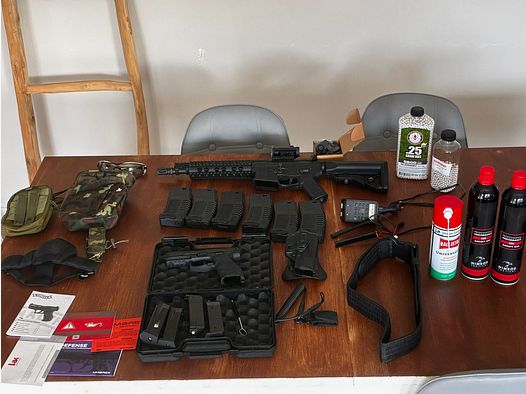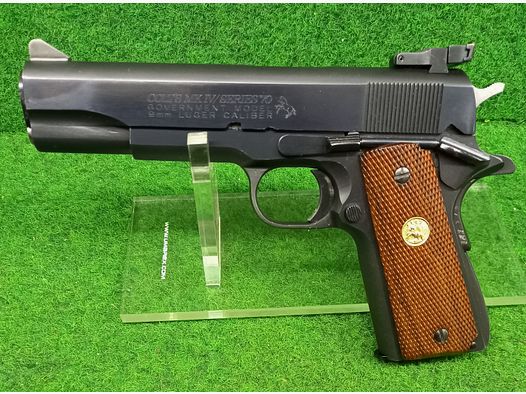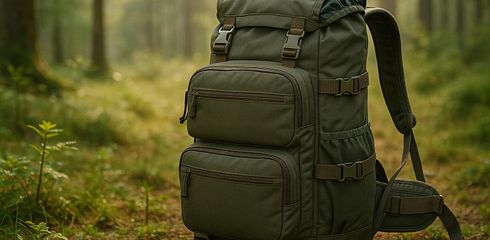If you want to build a wild cart yourself, you face a central decision: Aluminium or Steel? Both materials have their advantages and disadvantages, which affect weight, durability, cost, and maintenance. Here are the key points at a glance:
- Aluminium: Lightweight, rust-free, but more expensive and harder to weld. Ideal for long distances or mountainous terrain.
- Steel: Heavier, cheaper, robust, and easier to repair. Perfect for heavy loads and solid paths.
Quick Comparison
| Property | Aluminium | Steel |
|---|---|---|
| Weight | Light (2.7 g/cm³) | Heavy (7.8 g/cm³) |
| Strength | Good, depending on the alloy | Very high |
| Corrosion Resistance | Rust-free | Rusts without protection |
| Cost | Higher | Lower |
| Weldability | Difficult, TIG needed | Easy, standard equipment |
| Repair | Labor-intensive | Quick and straightforward |
Conclusion
- Aluminium: Perfect for intensive use, long distances, or physical relief.
- Steel: A good choice with a limited budget, heavy loads, or easy repairs.
Choose the material that best fits your requirements and your workshop.
Aluminium: Pros and Cons
Why Choose Aluminium
Lightweight is a major advantage of aluminium, ideal for your DIY hunting cart. It weighs only about a third of steel and is easier to pull and move – a benefit if you plan long distances or a ride in the car.
Another advantage is its rust resistance. Aluminium quickly forms a thin layer that protects it from rust. For hunters who are often out in the rain, this means less maintenance and a longer lifespan for the material.
Additionally, it has easy processing: It is simple to cut, drill, and shape – perfect for your own projects.
Don't forget the appearance: Aluminium remains silver and shiny, keeping its good looks for a long time.
However, there are also disadvantages to consider.
Disadvantages of Aluminium
Aluminium also has drawbacks:
Under heavy load, aluminium can break more quickly than steel.
It is often more expensive than steel, which can add up in large projects.
Welding aluminium is difficult. Aluminium rusts quickly, making clean connections hard. The rust layer melts only at about 2,072°C, while aluminium melts at 660°C.
The high thermal conductivity can cause heat to dissipate quickly. With thin pieces, the material can burn through. Additionally, hydrogen in welding can reduce strength. For beginners, it is better to hire professionals or use screws instead of welding.
Steel: Pros and Cons
Why Steel is Good
Steel is very strong and durable. It is solid and easily carries heavy loads – perfect for moving a lot of game.
If you take good care of it, a steel cart will last many years. Many hunters say their homemade steel carts can go long without major repairs. Another plus: Steel often costs less than aluminium, making it good for the budget.
Welding steel is also quite simple. Many hobby workshops already have everything needed, and even beginners can soon build stably – without expensive tools or special gases.
Another advantage is that steel can be easily repaired: Broken parts can often be replaced immediately, which is very useful in the field.
Disadvantages of Steel
Of course, steel also has downsides. It is heavier, making pulling more laborious, especially on rough ground or over long distances. Steel also rusts easily, especially when wet. This means it requires frequent maintenance.
Additionally, the appearance can deteriorate over time. Steel often becomes dull, and scratches or other marks are easier to see than on aluminium.
With these pros and cons, you can better decide which material to choose for your wild cart.
sbb-itb-1cfd233
Alu vs. Steel
Comparison Table
The next table shows how aluminium and steel measure up in important points:
| Property | Aluminium | Steel |
|---|---|---|
| Weight | Weighs little: 2.7 g/cm³ | Weighs more: 7.8 g/cm³ |
| Strength | Strong, depends on the mixture | Very strong |
| Corrosion Resistance | Top, as it protects itself with air | Rusts without protection |
| Cost | More expensive than steel | Usually cheaper |
| Weldability | Needs special technique (TIG welding) | Easy, works with normal equipment |
| Repairability | Repairing often difficult | Repairing easy and quick |
| Durability | Lasts long with good care | Also lasts long if kept rust-free |
Aluminium is very light. This is good when it comes to moving. On rough paths or long journeys, it helps save energy. Steel is stronger and can carry more. This is great for carrying heavy items, like during hunting.
In the mountains or difficult areas, steel is also good because small damages can be fixed quickly. Fixing aluminium can take more time and effort.
Another important point is what tools you have. With a normal welding machine, steel is often better because aluminium often requires special welding.
After a long day, the heavy weight of steel can be tiring, but aluminium is lighter.
This information helps you choose the best material based on your task and the tools you have.
Conclusion and Recommendations
In summary, the decision between aluminium and steel for your DIY wild cart largely depends on your individual needs and hunting habits.
Aluminium is ideal if you often cover long distances or move in mountainous terrain. The lower weight conserves your energy and significantly eases transport. Also, if you frequently load the cart or have physical limitations, aluminium is a sensible choice. While the material costs are higher, the long lifespan and low maintenance make up for it.
Steel is suitable if your budget is limited and you are handy. With a conventional welding machine, you can perform repairs yourself. Additionally, steel is particularly suitable if you regularly transport heavy loads or primarily use the cart on solid paths.
For occasional hunters with normal physical fitness, steel is usually sufficient. Intensive hunters and older hunters benefit significantly from the lower weight of an aluminium cart.
Another important point is your workshop equipment. Without a TIG welding machine, repairing aluminium becomes complicated and expensive, while for steel, a simple electrode welding machine is sufficient. These practical considerations should also factor into your decision.
For intensive use, the higher investment in aluminium is worthwhile. If you only use the cart occasionally, steel is the more economical option.
FAQs
How does the choice of material between aluminium and steel affect the lifespan of a wild cart?
The choice of material plays a crucial role in the lifespan of your wild cart. Steel scores with its high robustness and can often last 30 to 45 years under intensive use. Aluminium, on the other hand, is lighter and offers better corrosion resistance, which, with proper care, allows for a lifespan of about 40 to 50 years.
If you regularly expose your wild cart to high loads, steel might be the better option. Aluminium, however, impresses with its low weight and rust resistance, making it particularly useful for operations in wet weather.
What tools do I need to work with or repair aluminium and steel?
For working with and repairing aluminium and steel, you need different tools, as these materials differ significantly in their properties.
Drilling can be done on both materials with HSS twist drills suitable for strengths up to 850 N/mm². When cutting aluminium, circular saws or miter saws with precise edge guidance are recommended, while steel often requires cutting grinders.
For welding, TIG welding with alternating current is a proven method for aluminium. For repairs on aluminium, special carbide milling cutters are useful, working particularly efficiently at high speeds. Additionally, files, sandpaper, and suitable welding machines are essential for crack repairs in aluminium.
Remember that the choice of tools always depends on the specific material and the respective project to achieve the best results.
How do I choose between aluminium and steel for my wild cart based on my hunting habits and terrain?
Your hunting habits and the terrain you move in are crucial when it comes to choosing between aluminium and steel. Aluminium excels due to its low weight, making it perfect for longer trips in light to medium terrain. It eases handling and conserves your energy during transport. Steel, on the other hand, impresses with its robustness and high load capacity. It is particularly well-suited for difficult, uneven terrain or frequent and intensive use – but it comes with a higher weight.
Ask yourself how often you use your wild cart and in what terrain you are operating. For occasional use in simpler terrain, aluminium is often ideal. However, if you regularly have to handle heavy loads or hunt in challenging terrain, steel might be the better choice. Ultimately, your decision should be closely aligned with your needs to get the most out of your wild cart.
